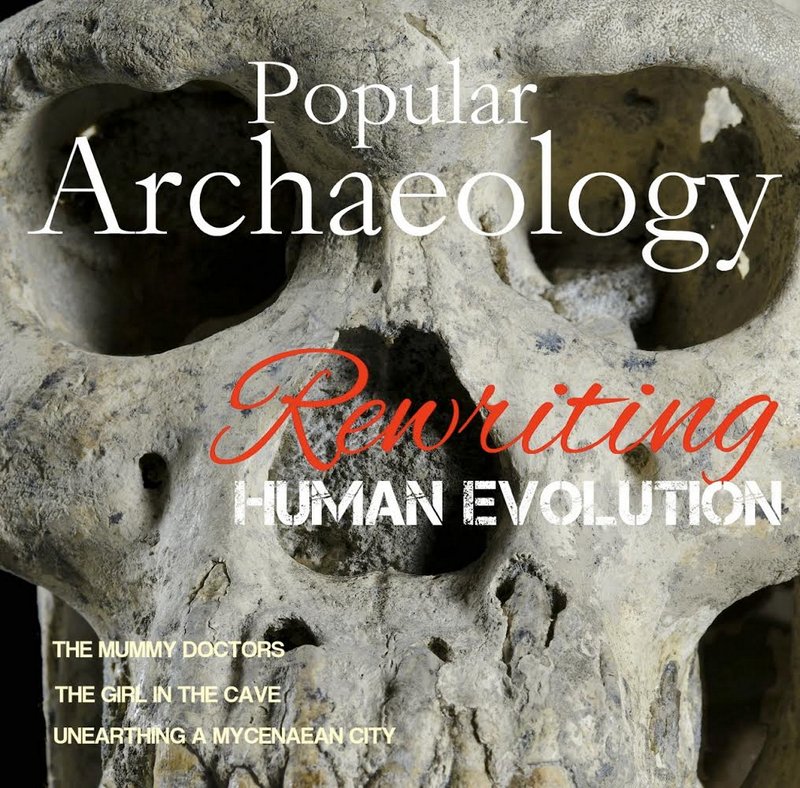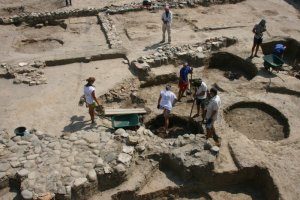
Moscow, December 23, 2014 – The Volnoe Delo Oleg Deripaska Foundation, one of the largest private charities in Russia, announces that an ancient bronze naval ram found in a submerged section of ancient Phanagoria, which was at one time the largest Greek colony on the Taman peninsula near the Black Sea in present-day southern Russia, was named the year’s most compelling discovery in Russia by Science and Life magazines.
The bronze ram was found by archaeologists among the remains of the ancient city of Phanagoria during the 10th archaeological season in 2014. The ram was once part of a bireme, an ancient oared warship with two decks of oars. The warship served the army of Mithradates VI, the king of Pontus from 119 to 63 BC. Mithradates VI was considered the most powerful king in Anatolia during the 1st century BC. Often called Rome’s greatest enemy, he fought three wars against the Roman republic.
The discovery has shed light on the history of protests in Phanagoria that led to the king’s ouster. The bireme, found in 2012, was thought at first to be an ancient Byzantine merchant vessel, but the one-meter long ram unearthed in 2014 dismissed this identification, and indicates instead that the ship was a warship used by Mithradates’s army to quell the protests. Examination of the remains suggests that the vessel was burned by the protesters in 63 BC. The vessel is now being restored and will be exhibited at the Phanagoria state museum, to be built near the archaeological site.
The Roman historian Appian and the Greek historian Plutarch mentioned a citywide uprising in Phanagoria in 63 BC that culminated with the incineration of a huge public building and murder of Mithradates’s children and a wife, Hypsikratia. However, there was no material proof of these events until 2006.
In 2006, scientists involved in the Phanagorian archeological expedition discovered a marble gravestone inscribed with an epitaph to “Hypsikrates, wife of Mithradates VI.” In his essays, Plutarch referred to Hypsikratia as a woman “who on all occasions showed the spirit of a man and desperate courage; and accordingly the king Mithradates VI used to call her Hypsikrates [the male form of Hypsikratia].” The Archaeological Institute of America named this find one of the ten most exciting discoveries in 2009.
Thus the ship’s ram continues a series of new discoveries that uncover the history of the Phanagoria uprising, while matching the historical narratives.
____________________________________
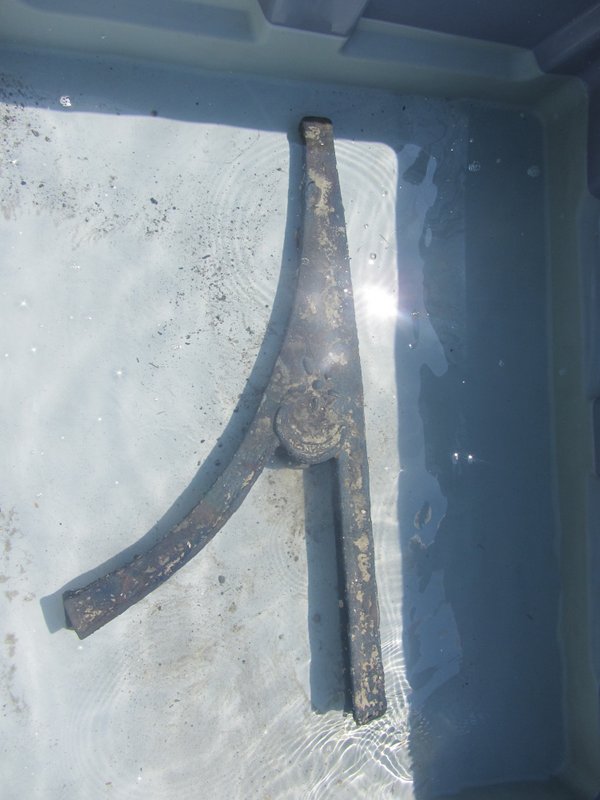 The ancient bronze naval ram of Mithradates VI. Courtesy Volnoe Delo Oleg Deripaska Foundation.
The ancient bronze naval ram of Mithradates VI. Courtesy Volnoe Delo Oleg Deripaska Foundation.
_________________________________
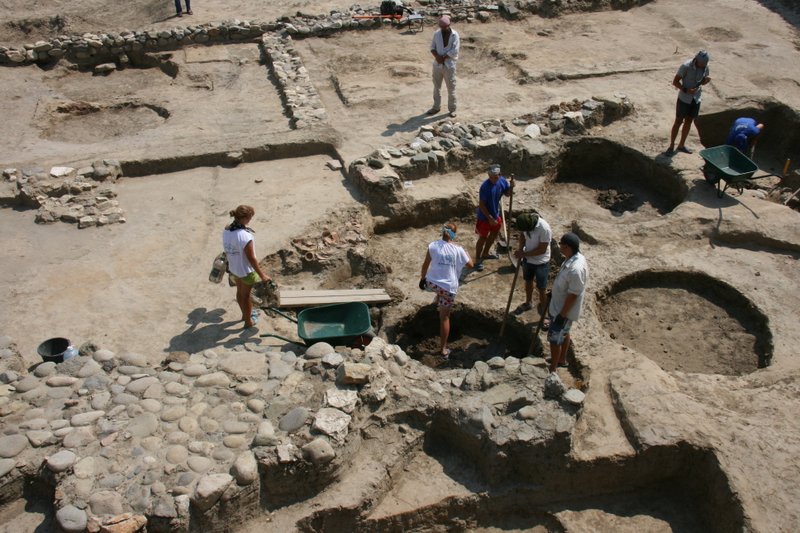 Archaeologists excavating part of Phanagoria’s ancient center. Courtesy Volnoe Delo Oleg Deripaska Foundation.
Archaeologists excavating part of Phanagoria’s ancient center. Courtesy Volnoe Delo Oleg Deripaska Foundation.
_____________________________________________
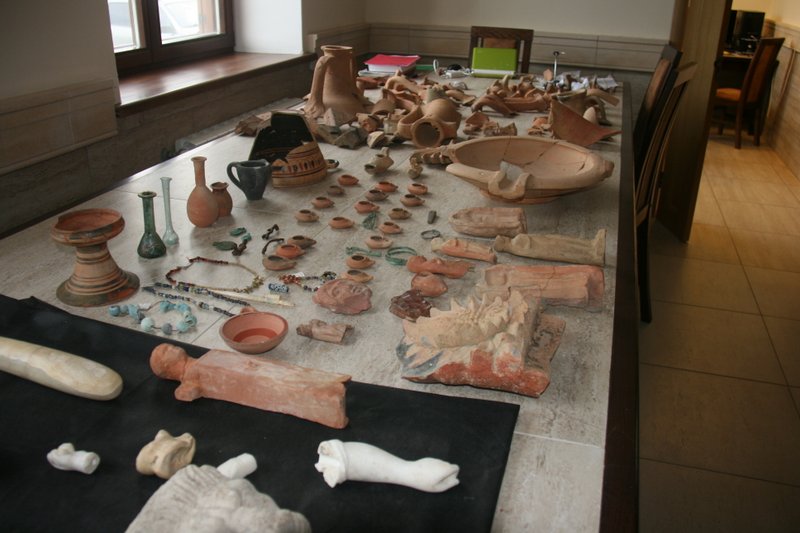 A sampling of the many discoveries of Phanagoria. Courtesy Volnoe Delo Oleg Deripaska Foundation.
A sampling of the many discoveries of Phanagoria. Courtesy Volnoe Delo Oleg Deripaska Foundation.
____________________________________________
Scientists began exploring the 2550-year-old city of Phanagoria many years before, when it became an essential part of the Russian Empire. The exploration’s active phase, however, began just several years ago, which means archaeologists and historians are almost certain to find more artifacts and information related to Phanagoria, an area that has been something of a bridge between the East and the West for 1,500 years.
Volnoe Delo Foundation, one of Russia’s biggest privately-held charity funds, managed by businessman and industrialist Oleg Deripaska, has supported research activities related to the site since 2004. The Foundation has allocated over $10 million to Phanagoria fieldwork over the past 10 years. Today, the Phanagoria investigation is considered one of the best equipped archeological expeditions in Russia, with its own scientific and cultural center, up-to-date equipment for above-ground and underwater excavation and a diverse team of specialists involved in the fieldwork. Apart from archeologists and historians, there are anthropologists, soil scientists, paleozoologists, numismatists and other researchers. A complex approach to the study of Phanagoria’s cultural remains has aided in understanding the ancient residents’ way of living, religious beliefs, economic cooperation, as well as their roles in military conflicts.
Among the recent discoveries made in Phanagoria are remains of a palace of Mithradates VI dated the 1st century BC, an ancient tomb with a stepped ceiling, the oldest temple unearthed on Russian territory dating back to the 5th century BC, and a number of submerged objects, e.g., the ancient city’s streets covered with sand, Phanagoria’s port structures, and ship debris.
The excavations cover several areas, including the 2,500-square-metre acropolis at the centre of the ancient city, the eastern necropolis, an ancient cemetery that served as a burial place from the founding of the city, and a submerged section of the city.
Phanagoria in History
Founded in the mid-sixth century BC by Greek colonists, the city was one of the two capitals of the Bosporan Kingdom, an ancient state located in eastern Crimea and the Taman Peninsula. Phanagoria was the major economic and cultural center of the Black Sea region, one of the biggest Greek cities, the first capital of Great Bulgaria, and one of the main cities of the Khazar Kaganate. It was also one of the ancient centers of Christianity. Saint Andrew was believed to preach in Phanagoria. The city boasts the largest Jewish community in the Black Sea region: the first synagogue in Russia was built in Phanagoria in the 16th century AD.
In the 9-10th centuries the residents abandoned the city for reasons still unknown. Phanagoria is surrounded by Russia’s largest necropolis, covering an area of over 300 hectares. The total volume of the cultural layers consists of 2.5 million cubic meters of soil with a depth up to seven meters. No construction has occurred in the city since ancient times, which has helped preserve the ruins and the historical artifacts. Regular archeological expeditions have been conducted in Phanagoria since the late 1930s. As of now, only two percent of the city’s known area has been investigated.
________________________________________________
About the Volnoe Delo Oleg Deripaska Foundation
Oleg Deripaska’s Volnoe Delo Foundation (www.volnoe-delo.ru) is one of the largest charity organizations and was founded by the Russian industrialist and businessman, Oleg Deripaska. The Foundation supports a wide range of initiatives, with a particular focus on Russian education and science. It helps to support the country’s cultural and historic heritage, contributes to the preservation of spiritual values, and assists healthcare projects and solves crucial social problems.
Over the course of its work, the Foundation has found recipients among 86,000 school children, 4,000 teachers, 8,000 students, 4,000 academics and 1,100 educational, scientific, cultural, healthcare, sport, religious and other institutions.
________________________________________________
Source: Press release of the Volnoe Delo Oleg Deripaska Foundation
________________________________________________
Just released!
The special new premium quality print edition of Popular Archaeology Magazine. A beautiful volume for the coffee table.
Travel and learn with Far Horizons.
____________________________________________
Read about the most fascinating discoveries with a premium subscription to Popular Archaeology Magazine. Find out what Popular Archaeology Magazine is all about. AND MORE:
On the go? Get the smartphone version of Popular Archaeology as an app or as an ebook.
Popular Archaeology’s annual Discovery Edition eBook is a selection of the best stories published in Popular Archaeology Magazine in past issues, with an emphasis on some of the most significant, groundbreaking, or fascinating discoveries in the fields of archaeology and paleoanthropology and related fields. At least some of the articles have been updated or revised specifically for the Discovery edition. We can confidently say that there is no other single issue of an archaeology-related magazine, paper print or online, that contains as much major feature article content as this one. The latest issue, volume 2, has just been released. Go to the Discovery edition page for more information.

